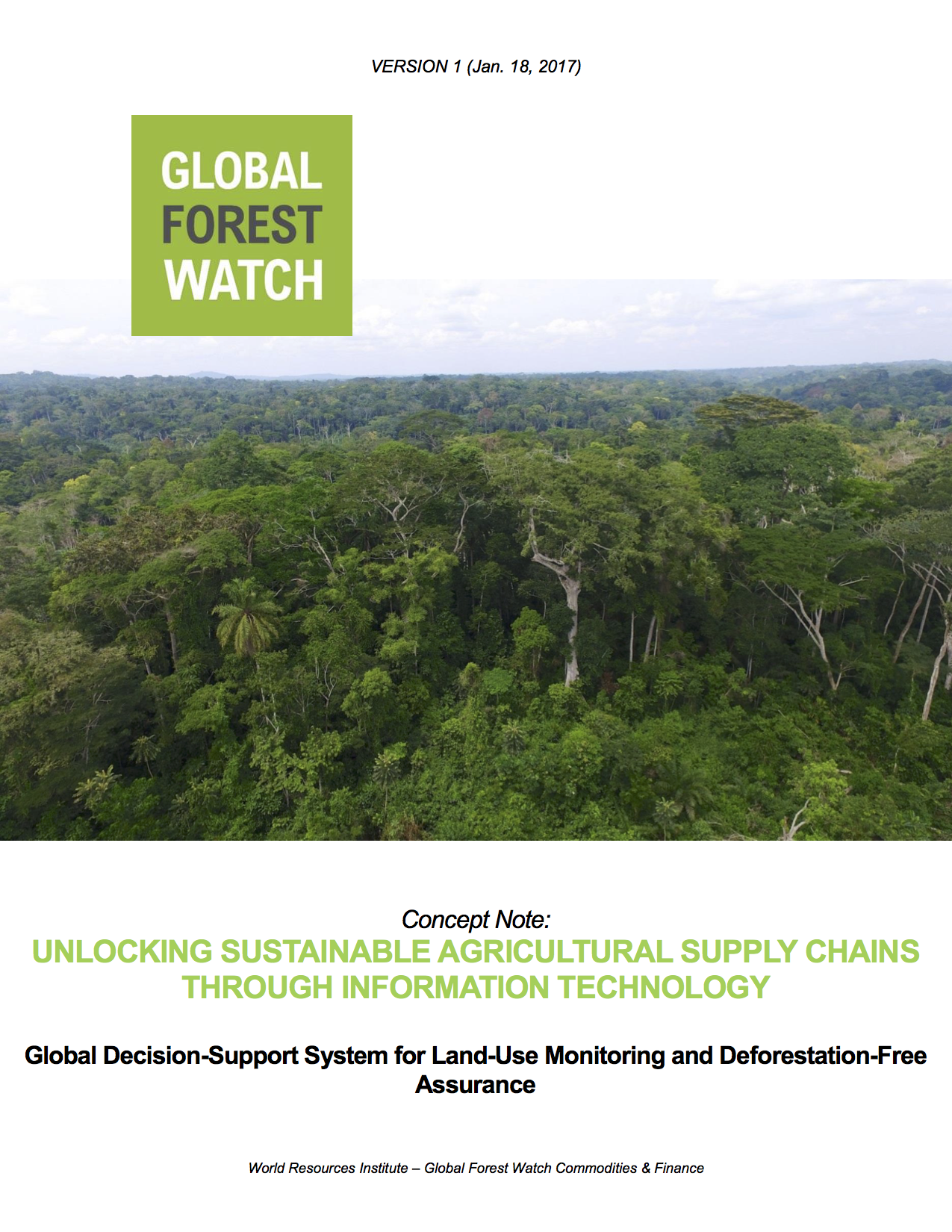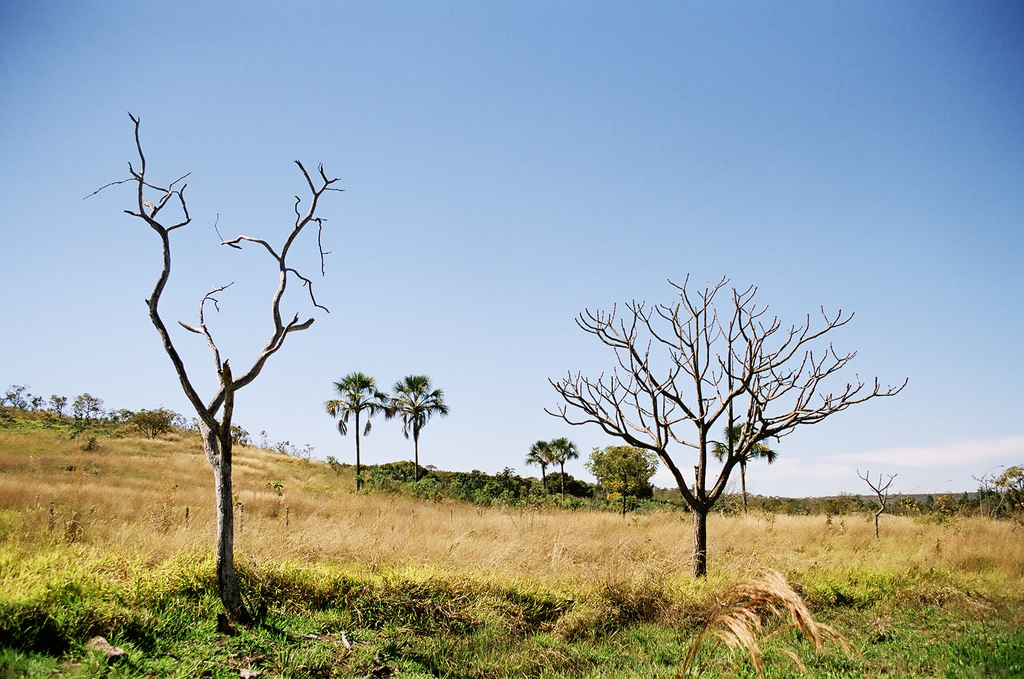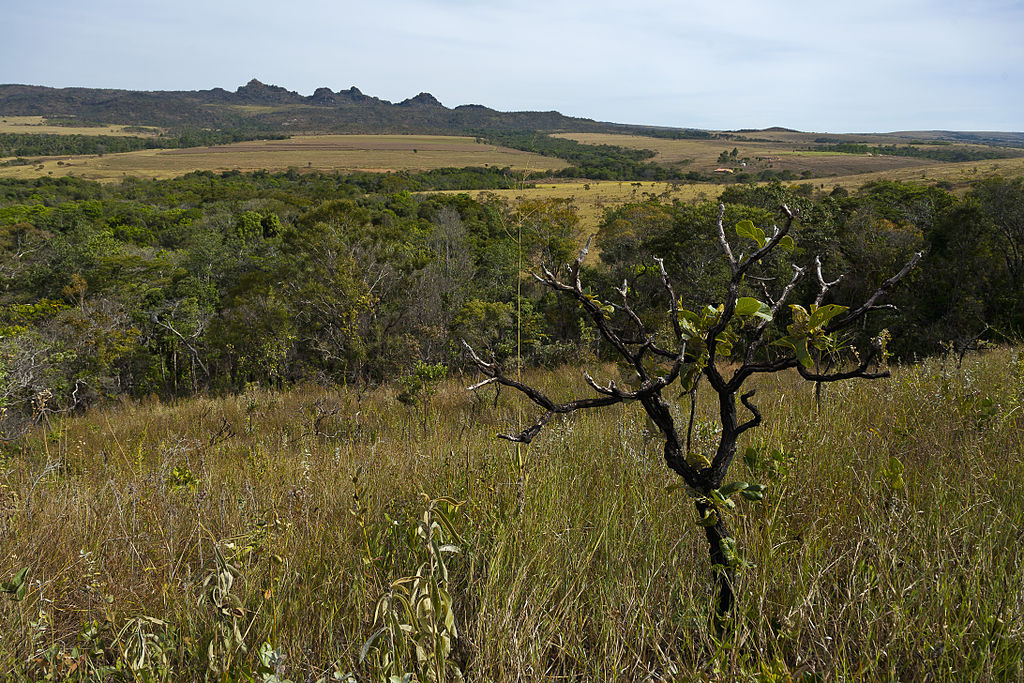- Commodities
Forest land allocation in Cameroon
With its Sahelian north and dense tropical rainforest south, Cameroon is a land of diversity and transition. A combination of either dense or mosaic forest landscapes covers about 60 percent of the nearly 47 million hectare country. These productive forest ecosystems provide services and sustenance either directly or indirectly to millions of people. Interactions between these forests and the atmosphere contribute to stabilizing climate patterns both within the Congo Basin and worldwide. Extraction of both timber and non-timber forest products contributes significantly to the national and local economy. In an effort to meet at times conflicting demands on its resources, the Government of Cameroon allocates forested land to different uses. Recent analyses by the World Resources Institute in collaboration with the Cameroonian Ministry of Forestry and Wildlife presented in the Forest Atlas of Cameroon, allows for a clearer picture as to how forest land is currently allocated. Around 46 percent of the 27 million hectares of forest landscapes in Cameroon fall within the Permanent Forest Estate (PFE) – legally classifying them to permanently remain as standing forest lands not able to be converted to other lands uses. The majority of the forested land within the PFE is allocated to timber extraction (9 million hectares) – generally under selective logging methods and not through clear cutting. The remainder of the forested PFE (4 million hectares) is classified as protected areas – whose land area has increased about 8 percent over the past five years across Cameroon. Outside of the PFE, the remainder of forests in Cameroon fall under what is called the non-Permanent Forest Estate (nPFE). By law, forests within the nPFE may be converted to other land uses such as shifting agriculture. Classified within the nPFE, Community Forests have increased dramatically in recent years following the simplification of the process by which communities may officially obtain these lands. In spite of these increases though, Community Forests still covered only about two percent of Cameroon in 2011. Increasing pressure on forests is coming from outside the traditional forest sector in Cameroon, with recent expansions in palm oil plantations and interest in mining resulting in new land use trade-offs, even within the PFE and Community Forests. In addition to offering a credible base for analysis, the Forest Atlas of Cameroon serves to consolidate different land use allocation in Cameroon in an effort to promote improved coordination, transparency and accountability in how land is managed.
Explore More Articles

Partnership Launches to Increase Transparency and Traceability Across Supply Chains and Meet Zero-Deforestation Commitments
Read the full concept note. On January 19 at the World Economic Forum in Davos, Switzerland, 20 of the world’s largest commodity producers, traders, manufacturers, consultants and retailers launched a new partnership with research institutions and banks to monitor deforestation and manage sustainability from farm to customer. The partnership, led by the GFW team (see the […]

Technical Blog: Soy Data for Brazil’s Cerrado
By Sarah Sargent and Ryan Sarsfield Taken by Paulo Q Maia (Flickr). License information here. Global Forest Watch (GFW) Commodities recently released new data and analysis for soybean production in Brazil’s Cerrado biome, a mix of forest and savannah rich with biodiversity and carbon. These data show users the spatial extent of soy production and how […]

Companies Can Find Deforestation-Free Soy in Brazil’s Cerrado, Thanks to New Data
By Ryan Sarsfield Cerrado Parque Estadual dos Pirineus by Jonathan Wilkins via Wikimedia. The photo is licensed under the Creative Commons Attribution-Share Alike 3.0 Unported license. Just ten years ago, Brazilian soy’s reputation was at an all-time low for its links to deforestation in the Amazon. The industry, environmental NGOs and the Brazilian government reacted swiftly to establish […]